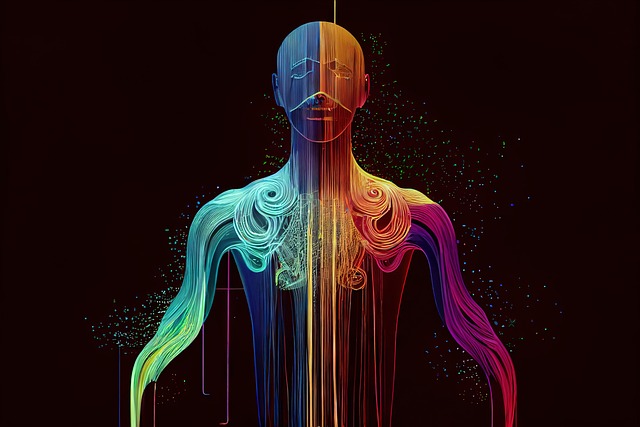Exploring the Art of Stylized Representations in Graphic Design
Graphic design is an ever-evolving field where creativity knows no bounds. One of the most captivating aspects of this discipline is the art of stylized representation. This approach not only highlights an artist’s unique vision but also taps into emotions and narratives in a way that resonates deeply with audiences. By blending artistic flair with design principles, stylized representations allow for a rich exploration of both form and meaning.
At its core, stylized representation is all about abstraction and interpretation. Unlike photorealism, where the aim is to recreate an object or scene as it appears in reality, stylized representation encourages designers and artists to filter their subject matter through a lens of personal style and artistic interpretation. This can manifest in varied forms, from exaggerated shapes and vivid colors to unique patterns and typography.
Art serves as the foundation of any great design, providing a toolkit of techniques and principles for expression. A stylized representation often incorporates elements of art movements—be it the bold lines of Cubism, the organic forms of Art Nouveau, or the playful aspects of Pop Art. Each of these styles brings a different flavor to the design, conveying distinct emotions and messages to the viewer.
For instance, taking inspiration from these movements, a designer might create a vibrant poster for a music festival that features oversized, abstract shapes, reminiscent of a Jackson Pollock painting. This not only captures the energy of the event but encourages attendees to engage with the artwork on a deeper level. When viewers see a piece that breaks traditional molds through a stylized representation, they are often invited to explore their own interpretations, eliciting a stronger emotional response and connection.
The beauty of stylized representation lies in its versatility; it can be applied across various mediums including illustration, branding, and visual storytelling. In branding, a company can develop a strong visual identity through a stylized logo that conveys their values and ethos in a memorable way, making a lasting impression on consumers. For example, a tech company might use sleek lines and cool tones to convey innovation and modernity, while a coffee shop might opt for warm colors and playful typography to evoke a cozy, inviting atmosphere.
Moreover, the choice of style matters significantly in narrative contexts. In editorial design, for instance, a stylized representation can set the tone for the entire publication. An art magazine may lean towards a sophisticated, minimalistic layout with bold imagery, while a children’s book could feature whimsical illustrations that capture the imagination of young readers. Each choice speaks volumes, transcending mere aesthetics to evoke specific feelings and responses from the audience.
In conclusion, the art of stylized representation in graphic design is not just about crafting visually appealing artwork; it is about forging connections with the audience through emotional and creative expression. As designers continue to innovate and experiment with styles, they expand the boundaries of what graphic design can achieve, ultimately enriching the visual landscape of our daily lives.




